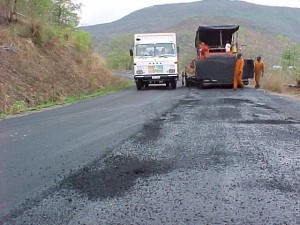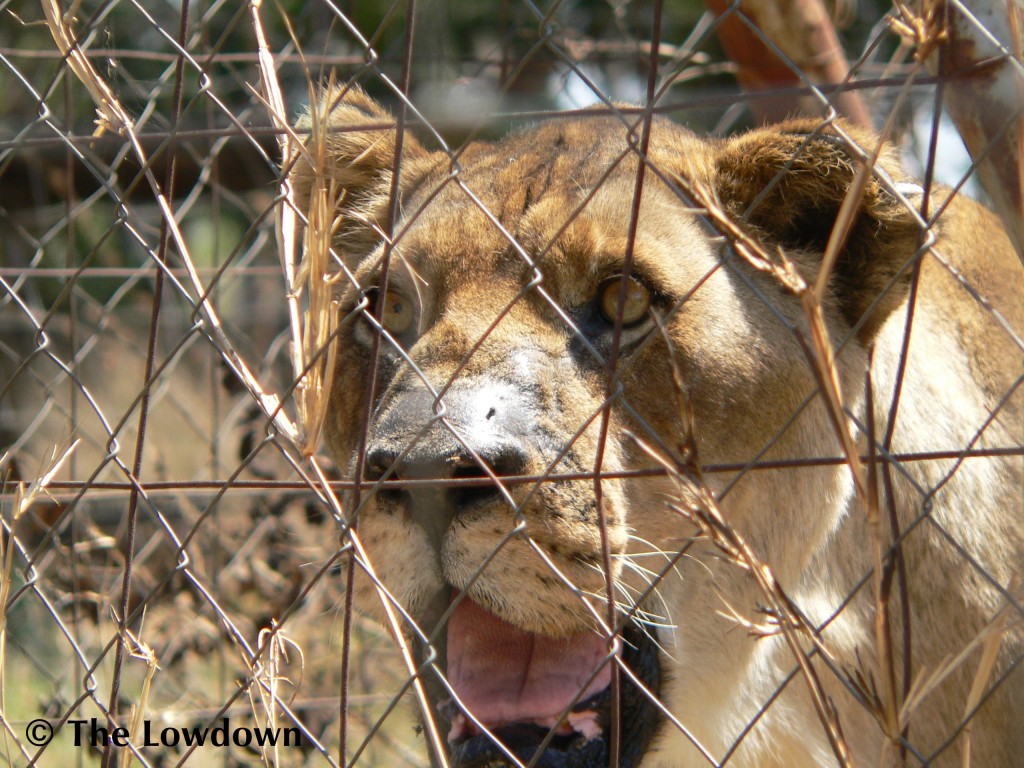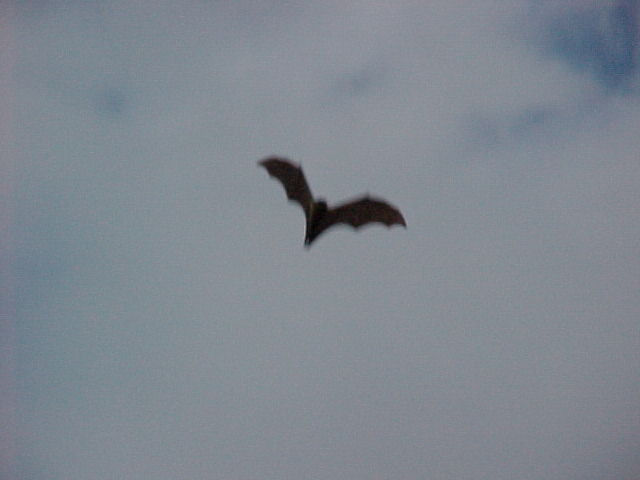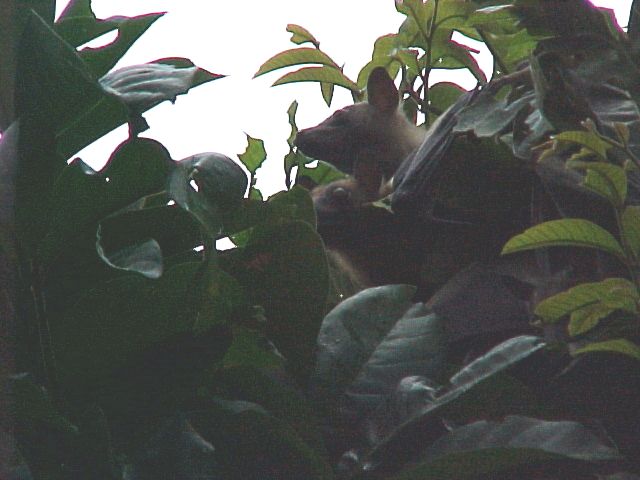 Kasanka National Park is yet another one of Zambia’s unique niches. It is a lovely tranquil Park located 70km north of Serenje (turn left off Great North Road at Mansa/Samfya turnoff) on the fringe of the Bangweulu Wetlands area.
Kasanka National Park is yet another one of Zambia’s unique niches. It is a lovely tranquil Park located 70km north of Serenje (turn left off Great North Road at Mansa/Samfya turnoff) on the fringe of the Bangweulu Wetlands area.
Kasanka is unique for two reasons. Firstly, it is run as a Trust with funds being raised both in the U.K and within Zambia and secondly because of its special collection of birds and beasts.
The Park is managed primarily by Edmund Farmer and his girlfriend, Kim, who do everything from ordering game scout uniforms to planning the menus and many things in between. They are ‘jacks of many trades’ you could say – Safari guides, caterers, mechanics, police officers, counsellors, first aiders, builders, fundraisers and the list goes on. There is a lot involved in running an entire National Park.
Edmund and Kim live at Wasa Camp, located on Lake Wasa, the camp nearest the Park Gate. About an hour’s drive through the Park will take you to Luwombwa Fishing Camp. We had the pleasure of visiting both camps as well the hive of wildlife activity Fibwe Hide, so we were able to sample several aspects of Kasanka’s natural beauty and unique flora and fauna.
Last month’s Lowdown featured an article written by Heidi, the resident bat expert who enthused about the Straw-Coloured Fruit Bats and their habits, and in particular their eating habits at this time of year (November and December). Just after dusk at Fibwe, about one million of these critters make a mass exit from the mushitu to search for the evening meal, primarily masuku fruits. This is a spectacular sight that should not be missed.
Another main attraction from Fibwe Hide is the shy, gentle Sitatunga, usually spotted in the early morning or late afternoon. They are truly one of the most beautiful antelope species and unique, with their splayed hooves, for easy movement over damp, marshy terrain. They rest in the cool Papyrus beds during the day, sometimes even immersing themselves underwater with only their nostrils above water level. These Bambis of the dambo have been seen in numbers of up to 70 at a time but even seeing one or two at a time is a special treat.
The blue monkeys are another unique species that one may be lucky enough to see, possibly in the Mushitu below Fibwe Hide. This is a tiny little pocket of paradise bursting with activity and is well worth taking an hour to wander about in it.
We drove to Luwombwa Fishing Camp for the day, where our picnic was kindly laid out for us by the friendly staff. Later we were escorted down the Luwombwa River in two canoes in search of nothing but tranquillity…. and that we found instantly. This was enhanced by a far off sighting of a Cape Clawless Otter.
On the drive to and from Luwombwa, we were lucky enough to see a number of antelope species. A special appearance by ten roan antelope made the entire trip worthwhile – they are apparently not spotted very often nor very recently. Other antelope species were a number of puku, which are quite common at Kasanka, waterbuck and bushbuck, two personal favourites…. always a pleasure. Also along the way were some warthogs trundling off with antennae tail in the air and various dynamic bird species, Lady Ross’ Loerie, a beautiful sight to start off with, whitebacked vultures airing their wings after a quick dip in the local pool, spurwing geese, a hammerkop enjoying a day of fishing and tawny eagles, both adult and juvenile. To our pleasant surprise, we saw elephant spoor, both tracks and dung on the road. Some migrant elephant do travel through the Park and are occasionally seen.
The flowers at Kasanka were also a lovely sight at this time of year. We were greeted on the way in by the mauve and white blossoms of the Fifuti plants or brooms and brushes as they’re called, the stems of which are used for traditional brooms. These flowers are a rare pleasure as they only flower for a few days. Within the Park we enjoyed the yellow blooms of the yellow trumpet flowers (costus spectabilis) with the flat leaves lying against the ground, the delicate pyjama lily (crinum macowanii) with its pink and white striped petals bowing gracefully down and a personal favourite Leptactina Benguelensis, a member of the gardenia/coffee family, a low-growing pure white and beautifully fragrant flower, plentiful throughout the Park. I’m sure Kasanka is a flower show equal to none regardless of the month of the year.
Besides all the activity that occurs in Kasanka’s natural environment there is also a lot going on in the people environment as well. There is now a volunteer, Stephanie, who will be running community development programmes to help with education, health and activities to raise income in hopes of curbing tendencies to resort to poaching.
Research is often carried out on Kasanka’s flora and fauna. Heidi hopes to be working with Chris and Tilde Stuart, South Africa’s wildlife guidebook writers to study the bats and various other species within the Park.
For Edmund and Kim, life continues to be a never-ending stream of activity. New chalets of brick and thatch are being constructed at both Wasa and Luwombwa Camps, with beautiful views of the lake/river, plans for new energy sources are always in the works and tourists keep the managers and staff busy throughout the year.
One of the advantages Kasanka has over many Parks and other areas of Zambia is good accessibility year round. The roads in and around the area are a pleasure to travel regardless of the season. So perhaps you had best book now for your Christmas holiday, as Kasanka will be filling up quickly. For bookings and information or donations contact: Kasanka Trust Ltd., P.O. Box 850370, Serenje, or email: kasanka@aol.com or by Satellite phone: 00873 762 067 957. Full catering and camping is always available. (We were unable to travel to Tigerfish Haven near Samfya so a review will come on that experience later on, next season)

































